Royal Botanical Gardens National Historic Site
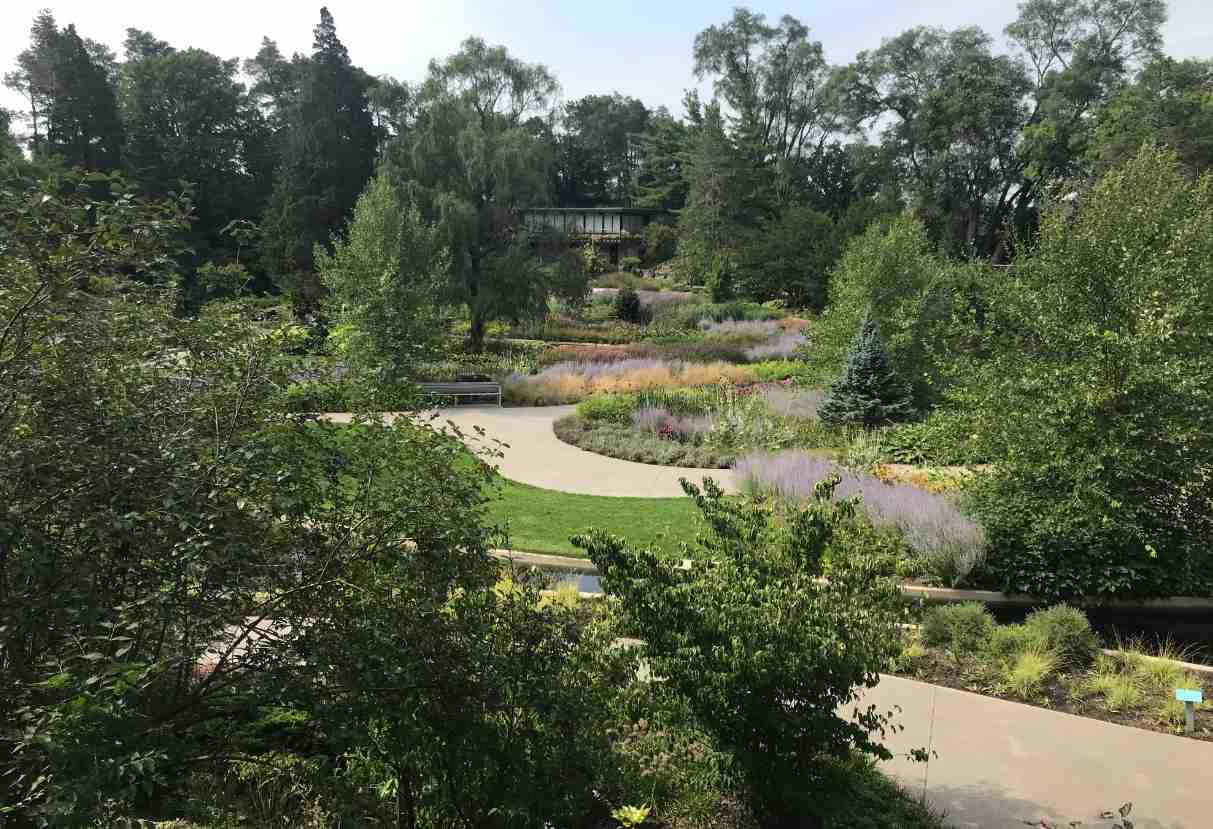
© Heather Waters, 2018
The Royal Botanical Gardens were designated a national historic site in 1994.
Commemorative plaque: 680 Plains Road West, Hamilton, OntarioFootnote 1
This important botanical garden is distinguished by its first class horticultural collection. Originating in the late 1920s, it developed as a series of discrete gardens and a wildlife conservation area within an urban context. Some of Canada's most talented landscape architects, botanists and plant curators have collaborated on the garden, imparting an overall unity and aesthetic appeal. In 1975, the Royal Botanical Gardens was designated the International Registration Authority for the names of cultivated lilacs in honour of its world-renowned lilac collection.
Description of historic place
The Royal Botanical Gardens National Historic Site of Canada is an extensive botanical garden that was developed over the course of the 20th century. Set at the western edge of the city of Hamilton, it occupies almost 1100 hectares on several separate discrete parcels of land clustered around Burlington Bay at the western end of Lake Ontario. The site includes a series of themed gardens, an arboretum, a conservation area and an interpretive centre. The formal recognition consists of the several separate parcels of land comprising the Botanical Gardens, and including the buildings, structures and gardens directly associated with them.

© Mark Zelinski, used with permission from his book Canada's Royal Garden, 2017
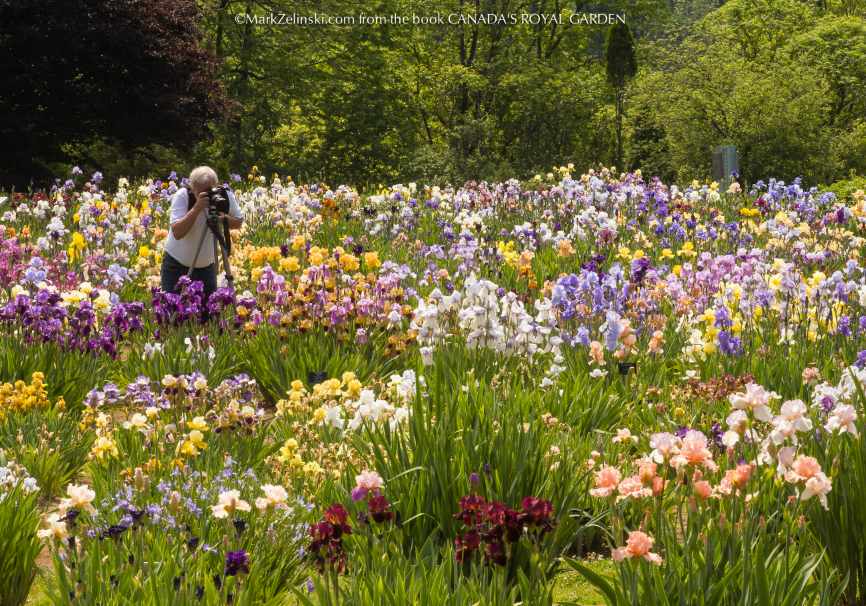
© Mark Zelinski, used with permission from his book Canada's Royal Garden, 2017
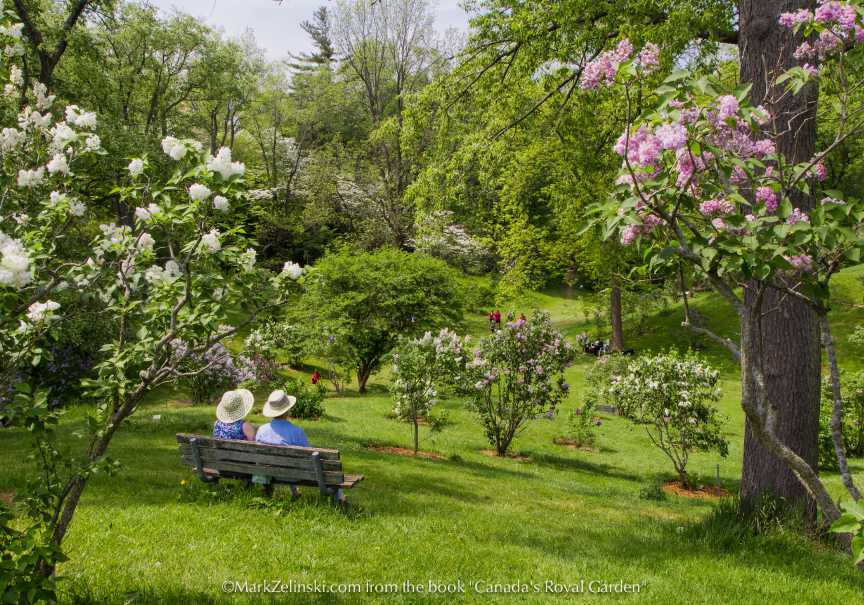
© Mark Zelinski, used with permission from his book Canada's Royal Garden, 2017

© Mark Zelinski, used with permission from his book Canada's Royal Garden, 2017
Heritage value
The Royal Botanical Gardens was designated a national historic site of Canada in 1993 because: it is one of Canada’s most important botanical gardens, distinguished by a first-class horticultural collection; over the 60 year period of its development as a series of discrete gardens and a wildlife conservation area within an urban context, it has benefited from the contributions of some of the nation's most talented landscape architects, botanists and plant curators; and, it has a world-renowned lilac collection which has gained it the honour of being named the international registration authority for cultivar names of lilacs.
The Royal Botanical Gardens was part of a late 1920s scheme to beautify Hamilton by building a landscaped parkway into the city and creating a campus for McMaster University. The plan to include a botanical garden was developed by the Hamilton Board of Parks Management under its chairman, Thomas Baker McQuesten. The Board's decision in 1932 to combine separate parcels of land to create the Gardens was prompted by an advisory committee including landscape architects Carl Borgstrom and Howard Dunington-Grubb. The Gardens' unusual design, consisting of a series of discrete gardens and conservation areas set within a sprawling network of parkway, marked a radical departure from the 19th-century conception of a botanical garden.
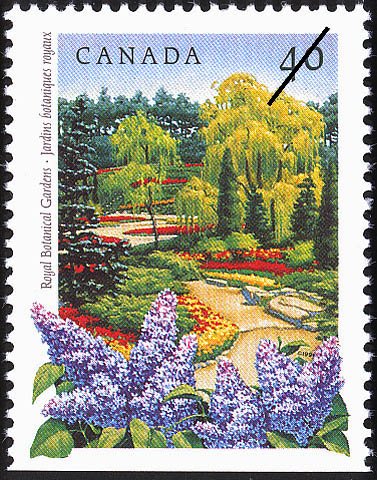
© Canada Post Corporation, in Library and Archives Canada / Item # 2266234
The landscape design of the Gardens was influenced by Carl Borgstrom, who believed in a natural approach to landscape design and in creating a botanical garden that would appeal to the general public. Borgstrom designed a rock garden, in an abandoned gravel pit adjacent to the parkway, transforming the pit into an intricate landscape of picturesque winding paths, hidden flights of steps, ledges, crevices and pools. A list of recommendations prepared by Borgstrom for the Gardens in 1942 was largely implemented over the next twenty years. It included important components such as formal gardens, rose and climbing gardens, an arboretum, and a lilac garden.
Plant curator K. Matthew Broman designed the Laking Garden in 1947. It functions as a trial garden for hardy herbaceous plant collections and includes a major iris collection. Landscape architect J. Austin Floyd designed the formal garden in Hendrie Park in 1962. Influenced by the International Style, Floyd created a geometric framework for avenues and flower beds, organized along a principal axis that is reminiscent of Renaissance garden design. The Teaching Garden, first developed in 1947-1948 as an educational project for children, includes a house, a greenhouse and six hectares of gardens containing plants selected for their aesthetic appeal, sturdiness and educational value. The Arboretum, developed in the 1950s and 1960s, was designed to facilitate automobile viewing, with trees planted on avenues radiating from a central parking circle.
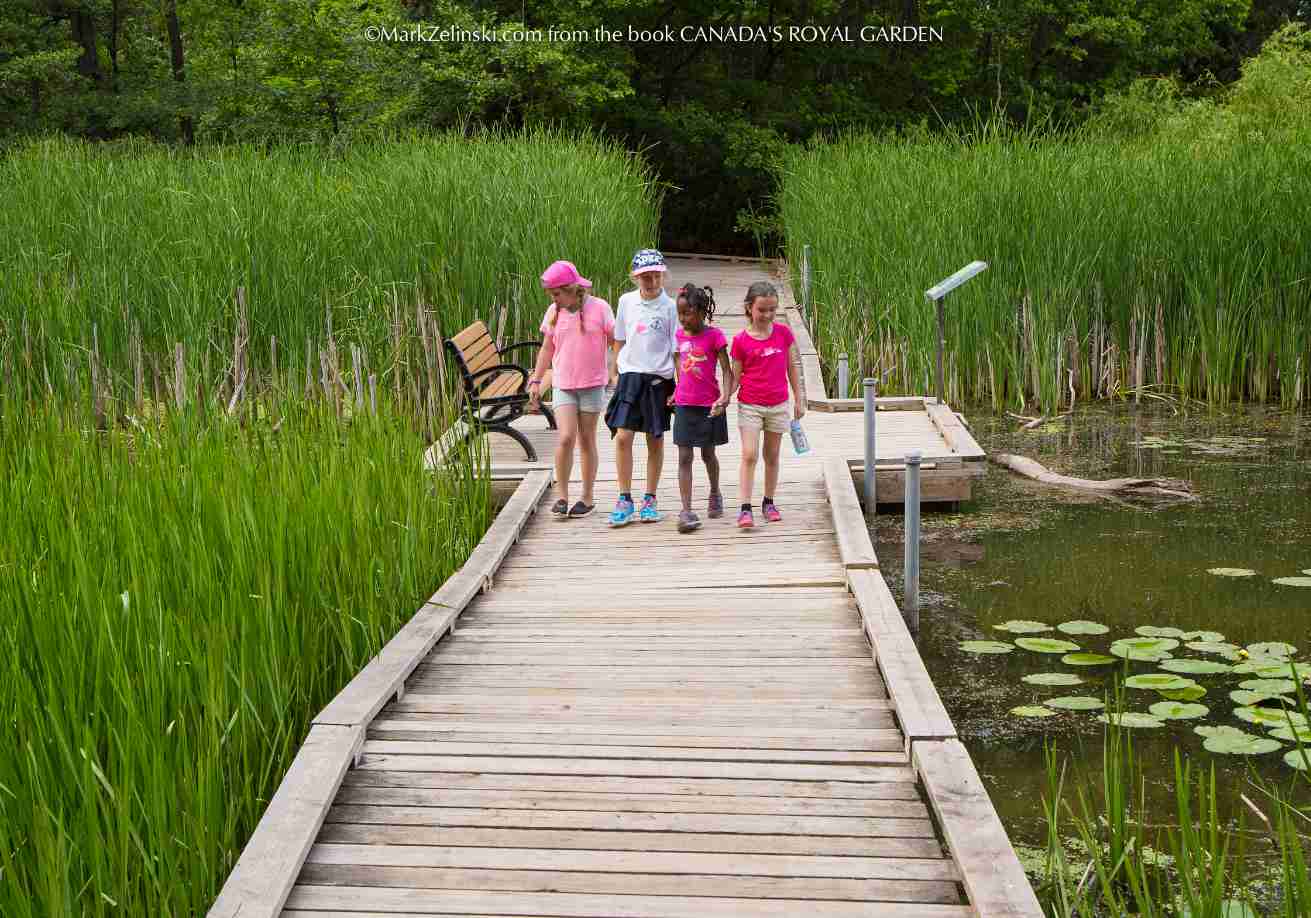
© Mark Zelinski, used with permission from his book Canada's Royal Garden, 2017
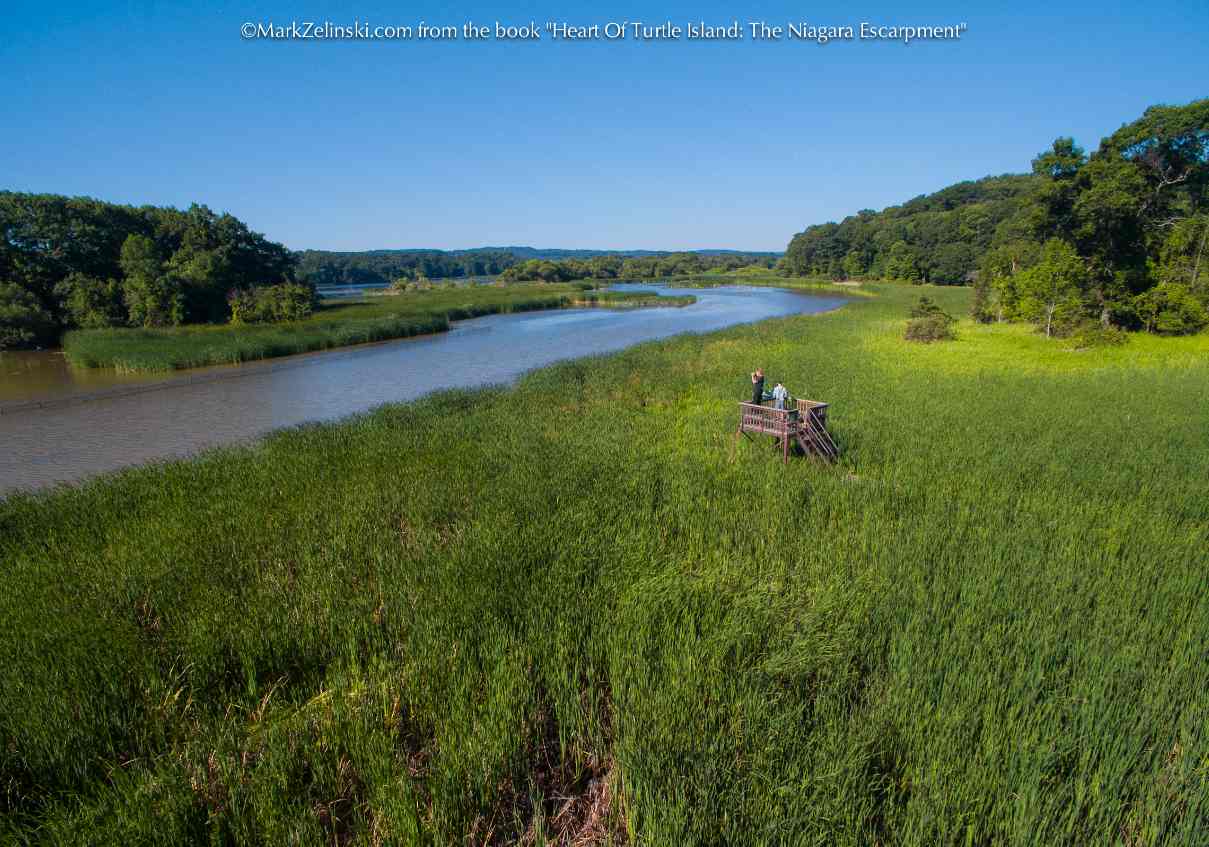
© Mark Zelinski, used with permission from his book Heart Of Turtle Island: The Niagara Escarpment, 2017
The Katie Osborne Lilac Garden, begun in 1960-1961, is now the largest living collection of lilacs in the world. The Conservation Area covers 800 hectares of marsh, shallow lake, woodland, meadow, escarpment face, and agricultural land maintained in a naturalized state. It includes the Cootes Paradise Sanctuary, a carefully monitored wetland adjacent to Burlington Bay, and the Rock Chapel Sanctuary. An interpretive centre, designed in 1958, provides space for a library, herbarium, lecture room, horticultural workshop and auditorium.
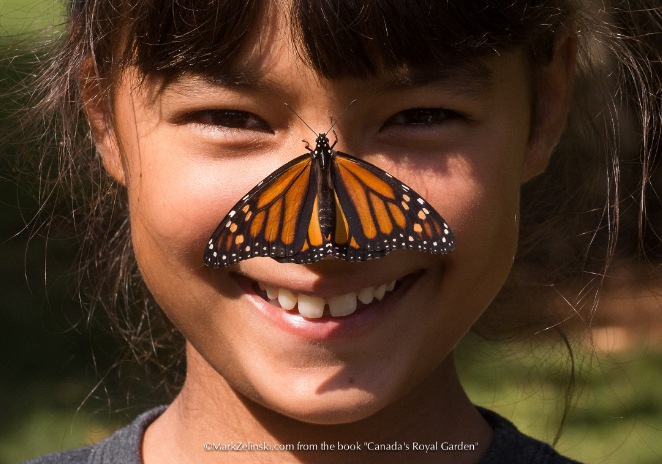
© Mark Zelinski, used with permission from his book Canada's Royal Garden, 2017
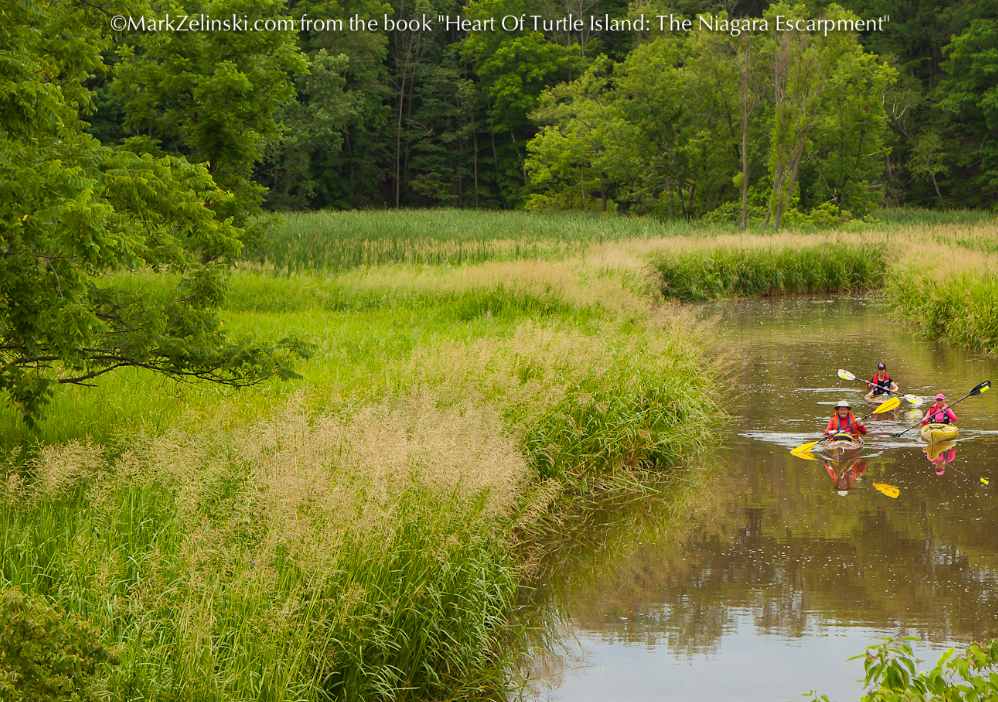
© Mark Zelinski, used with permission from his book Heart Of Turtle Island: The Niagara Escarpment, 2017
Source : Historic Sites and Monuments Board of Canada, Minutes, June 1993.
The National Program of Historical Commemoration relies on the participation of Canadians in the identification of places, events and persons of national historic significance. Any member of the public can nominate a topic for consideration by the Historic Sites and Monuments Board of Canada.
- Date modified :